Gas War Watch: EPA and CARB Leadership Won't Even Share the Same Table

Capitol Hill was the scene of some high-school drama this week after representatives from the Environmental Protection Agency (EPA) and the California Air Resources Board (CARB) reportedly refused to sit at the same table while discussing fueling regulations with the U.S. House Energy and Commerce Committee.
As petty as this seems, it illustrates the overall situation rather well. White House officials terminated talks with California in February, citing an inability to progress the debate. Meanwhile, CARB has been claiming the Trump administration doesn’t want to hear its case and has instead sought to strip the state of its ability to self regulate in order to pass reforms that would freeze national emissions standards at 2020 levels though 2026.
Thursday’s congressional bickering helped paint a clearer picture of what the communications breakdown looked like.
According to Bloomberg, administration officials from the NHTSA and EPA went into Thursday’s hearings refusing to sit with California representatives. EPA Administrator Andrew Wheeler, a former energy lobbyist, had also apparently emailed Republicans on the House Energy and Commerce Committee prior to testimony from CARB Chairman Mary Nichols to say that the state had been negotiating in bad faith since day one.
Nichols, a lifelong anti-pollution campaigner, shifted blame back to Washington, telling the committee “the Trump administration has been unwilling to find a way that works” and “unilaterally decided to cut off conversations.”
From Bloomberg:
Wheeler rejected Nichols’ characterization. “Ms. Nichols was unable or unwilling to be a good-faith negotiator,” Wheeler said, insisting that California’s first counterproposal came more than 10 weeks after the Trump administration proposed changing the vehicle standards — and was just a reiteration of the existing Obama-era requirements, with only a modest change to give automakers an extra year of compliance time.
Even then, Wheeler said, it didn’t have the approval of California’s governor, the state’s attorney general or Nichols’ fellow air resources board members.
“I would state categorically that we proposed areas in which we would be willing to come to a compromise with the administration and we never were told precisely what was wrong with any of those proposals,” Nichols told lawmakers Thursday. “We were simply told that they were inadequate and we had failed to do our job by not bringing a proposal that the administration found to be acceptable.”
Automakers, parts suppliers, and the UAW have united to urge both sides to seek compromise in order to avoid litigation that might gum up the industry. However, the worst case scenario for them is to get stuck with a divided U.S. market.
It’s hard to know who to blame when everyone is crossing their arms and pointing fingers. Taking past events into account, California seems totally disinterested in compromising with the White House and has committed itself to maintaining Obama-era targets at any cost. By contrast, the Trump Administration appeared unwilling to take a wait-and-see approach and presumed CARB would never compromise — so it simply abandoned negotiations.
While Nichols has continued claiming CARB’s opposition to the EPA/NHTSA proposals have been an effort to protect public health, administration officials have hung their hat on consumer trends being at odds with increasing economy mandates and suggesting that California’s aims are largely political. As both camps are utterly opposed to each other, we don’t foresee the extending an olive branch any time soon and would not be surprised if this issue enters litigation later this year. In fact, California is already suing the EPA over the data underlying its justifications for the fuel economy rollback.

A staunch consumer advocate tracking industry trends and regulation. Before joining TTAC, Matt spent a decade working for marketing and research firms based in NYC. Clients included several of the world’s largest automakers, global tire brands, and aftermarket part suppliers. Dissatisfied with the corporate world and resentful of having to wear suits everyday, he pivoted to writing about cars. Since then, that man has become an ardent supporter of the right-to-repair movement, been interviewed on the auto industry by national radio broadcasts, driven more rental cars than anyone ever should, participated in amateur rallying events, and received the requisite minimum training as sanctioned by the SCCA. Handy with a wrench, Matt grew up surrounded by Detroit auto workers and managed to get a pizza delivery job before he was legally eligible. He later found himself driving box trucks through Manhattan, guaranteeing future sympathy for actual truckers. He continues to conduct research pertaining to the automotive sector as an independent contractor and has since moved back to his native Michigan, closer to where the cars are born. A contrarian, Matt claims to prefer understeer — stating that front and all-wheel drive vehicles cater best to his driving style.
More by Matt Posky
Latest Car Reviews
Read moreLatest Product Reviews
Read moreRecent Comments
- Kwik_Shift_Pro4X Mazda CX-5 all the way.
- Spookiness The Mazda interior really is nice. I recognize the rationale for the Mazda infotainment interface design in lieu of a touch screen, but the filthy masses have spoken. As with the rotary engine, it's time to move on. To sell more cars they'll need to have touchscreens. Other carmakers have evolved beyond the iPad-screwed-on-top-the-dash look, so I'm sure Mazda can come up with something aesthetically pleasing and user-friendly. (Another quibble: I really don't need or want AWD, so I wish it wasn't forced. But again, the masses have spoken.)
- Lou_BC “We are always listening to the customer. "You sayin' the baller/gangsta types don't want Escalades on 24's that don't make vroom vroom rumbly sounds?
- AZFelix I shall fully endorse the use of autonomous cars on public roads once they have successfully completed my proposed Turing test for self driving vehicles. This test requires the successful completion of an at fault incident and accident free 24/7 driving session in Buffalo and upstate New York from October 1st until March 31st, and throughout the city of Jakarta, Indonesia for one consecutive year. Only Level 1 and Level 5 vehicles are permissible.
- Lou_BC I'd go Rav4. No Mazda dealer in my town and from what I've seen, Mazda's tend to rust.




















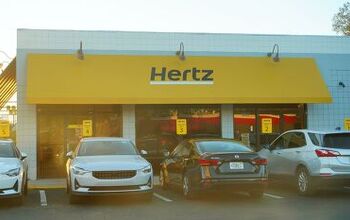
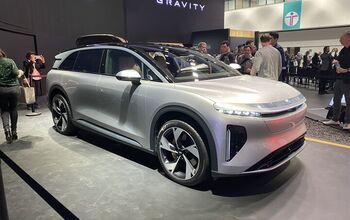

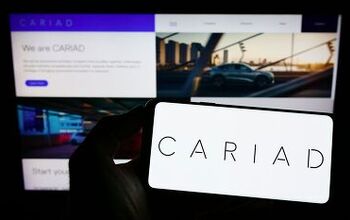



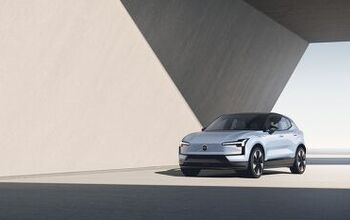
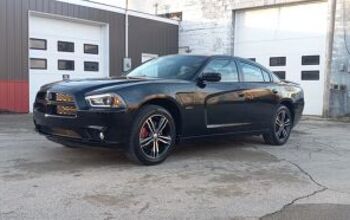
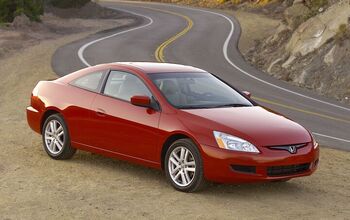
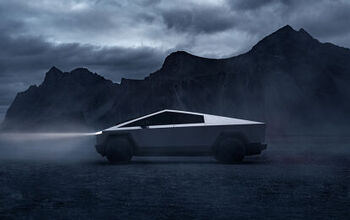
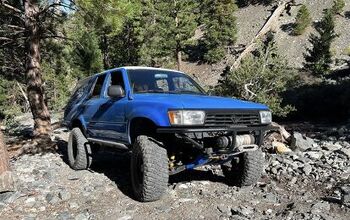
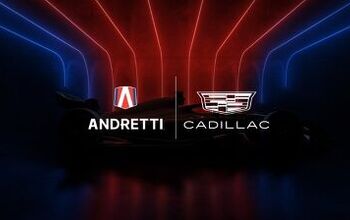

Comments
Join the conversation
@thelaine--Why do we have to use just nuclear, why not use nuclear, natural gas, methane gas, wind, and solar wherever it is the most cost effective and practical. With all those sources we as a country would have no shortages and over we long run we would have more stable energy prices. Think of how much methane gas that is generated from landfills and sewage plants and if we managed to use a fraction of it to generate electricity. Just methane gas alone would satisfy much of our energy needs. Don't just narrow our sources of energy to just a few.
@highdesertcat--I am not against ICE vehicles but with technology everything eventually becomes outdated. I don't have to have a big V8 to make me happy but I do want a comfort and reliable vehicle that gets me where I want to go. I have had several V8 vehicles and I enjoyed them the last one was 17 1/2 years ago. Maybe some of the reason a car or truck is not the most important thing in my life is that I work at home 4 days a week and the 1 day a week that I commute the bus takes me within a block of my office and my employer pays for it--I don't have to pay $10 a day to park and put up with the hassle of rush hour driving which I did for years. I also don't put 15k to 20k like I use to on my vehicles every year which now is more like 3k to 4k a year which has allowed me to keep a vehicle for much longer like my 99 S-10 for over 20 years with 118k miles. I do like some of the extra comforts that my other 2 vehicles have like cruise control and heated leather seats with very comfortable rides. I only have myself and my wife so I am not that interested in impressing anyone especially at the age of 67 I don't really care. I could live with an electric vehicle if I didn't have to worry about where and how often I needed to charge batteries. For now the ICE vehicles work for me and I keep my vehicles so long that I just as soon save my money for retirement. I believe the best way to work on anything is not to be so hung up on a position and to work toward finding a solution that benefits everyone. I realize that we live in a time where seeking middle ground is unpopular in that you are either extremely Right or extremely Left and to sit down and come to a middle ground is seen as a weakness. I have been to Los Angeles many times and I see where smog is a real issue and yes you are correct that many of the poor drive the older polluting vehicles. Los Angeles, New York City, Houston, and Chicago are more affected by smog than much smaller metropolitan areas and rural areas.